New sea lice modelling study indicates that wild salmon from Scotland’s east and north coast rivers could be impacted by salmon farming
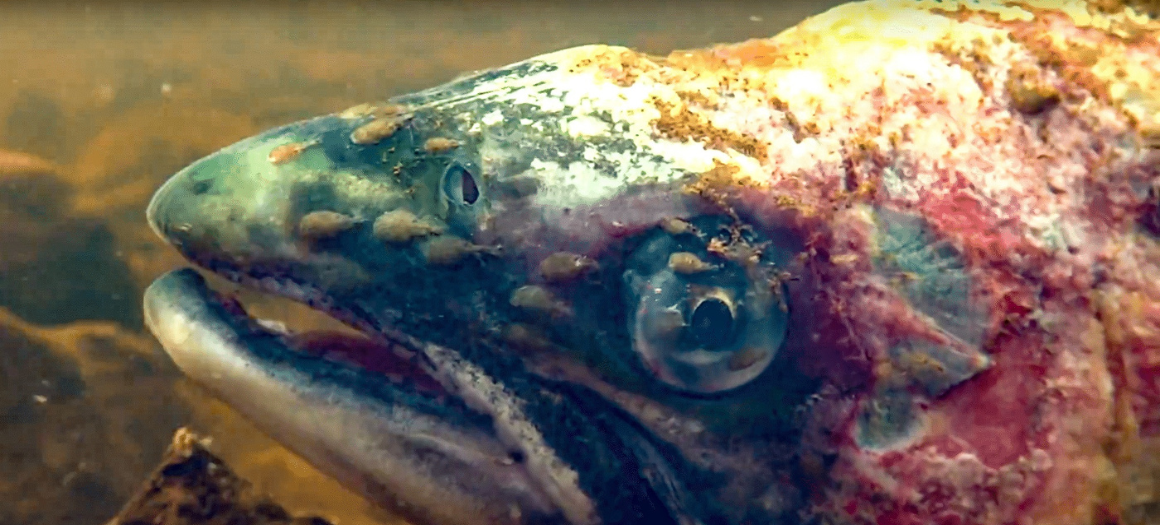
For decades it has been widely assumed that salmon farming has no negative impacts on wild salmon smolts from Scotland’s east and north coast rivers. However, new modelling of sea lice dispersion from the huge concentration of salmon farms around Orkney and Shetland casts severe doubt on this assumption.
Northern Isles sea lice modelling report
Roughly one-third of Scottish salmon farming production now takes place in the Northern Isles of Orkney and Shetland. To assess the risk that wild salmon and sea trout will be harmed by sea lice from salmon farms in the Northern Isles, WildFish commissioned leading expert modellers, Dr Tom Scanlon and Dr Matt Stickland of MTS-CFD Limited, to develop a detailed hydrodynamic and biological model of the area.
The model simulates water levels and flows (currents and tides), which determine the transport of sea lice emanating from the fish farms. All operational farms (26 on Orkney and 42 on Shetland) are included in the lice model using up-to-date biomass numbers (2023-24).
Modelling results show that the main salmon lice concentrations on Shetland tend to remain localised along the coastal fringes, while for Orkney the lice are channelled southwards from the Pentland Firth to occupy a large portion of the North Sea towards the Moray Firth, an area covering over 5,000 square miles.
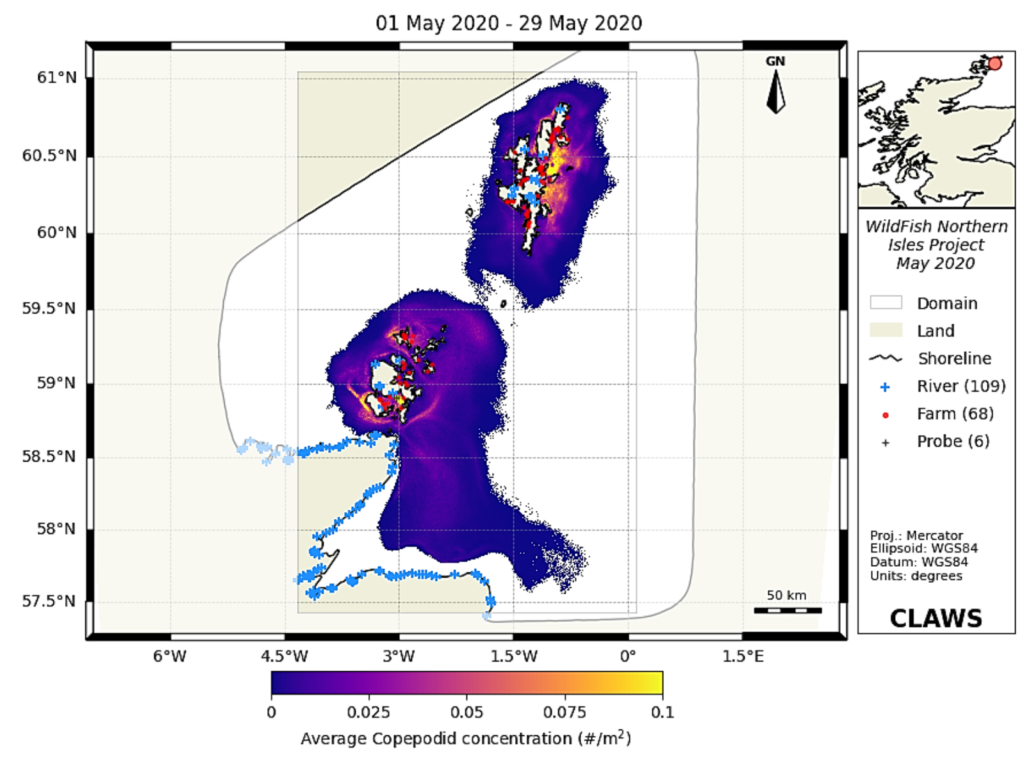
Figure 01: this heat map shows the average sea lice density between the 6 – 28 May 2020.
Snapshots of the instantaneous lice densities, captured in the report, show how the salmon lice fields evolve with time and provide evidence of large-scale organised behaviour, often manifesting as long filaments of lice extending over great distances.
Elevated numbers of lice, beyond natural background levels, represent a significant threat to wild salmon smolts migrating through the area identified in purple (figure 01). Survival rates for smolts traversing this area will likely be determined by infestation numbers incurred during their passage and the length of their exposure time.
There is limited knowledge of migration paths for smolts from Moray Firth rivers beyond the inner firth and a narrow coastal strip along the Moray coast, other than that they tend to head east towards the North Sea. However, it is essentially impossible for them to avoid traversing the massive area shown in purple in the above maps.
Accordingly, the dispersion of lice from Orkney has consequential implications for wild salmon smolts from all Moray Firth rivers and many of the north coast rivers.
The findings of this report underline the need for east and north coast district salmon fishery boards to apply real pressure on the salmon farming industry in the Northern Isles (Orkney in particular) to maintain on-farm sea lice within strict minimal limits.
This is particularly pertinent considering that salmon farms in the Northern Isles have been some of the worst-performing farms this year, in relation to managing sea lice numbers. In the modelling study, comparisons were made between results using the industry-standard value of 0.5 adult female lice per farmed fish, and those using the actual average value of 0.78 lice per farmed fish, measured across salmon farms on Orkney and Shetland for the first six months of 2024. The higher lice density per fish gives predictions that indicate a likely increase in the risk of infestation harm.
The study also highlights that, as sea trout rarely migrate far from their natal water bodies, spending months rather than days in the coastal waters around Orkney and Shetland (where lice numbers are most concentrated), they would be at much higher risk than is indicated for migrating salmon, due to their longer exposure time.
The modelling provides compelling evidence that Scotland’s east and north coast district salmon fishery boards, which have responsibility for protecting migratory salmonids (salmon and sea trout), should not turn a blind eye to the impacts of salmon farms. It also underlines the urgent need for SEPA to expand its sea lice regulatory framework to farms in the Northern Isles (which are currently exempt from the regulation), in order to protect both salmon and sea trout.
Follow the link below to find out more and read the modelling report in full.
Northern Isles sea lice modelling
Notes
1) The study emphasises that “the integrated biological model presented in this report draws on the methods and assumptions used by Scottish and Norwegian modellers working for government agencies, as well as other peer-reviewed research [Johnsen_2020], [Asplin_2020], [SEPA_2024]. A methodology based on the current SEPA screening model [SEPA_2024] has been employed.”
2) According to the most recent official production survey (for 2022) of Scotland’s salmon farming industry, 33% of the total production of 169,194 tonnes was produced by Orkney farms (11%) and Shetland farms (22%). https://www.gov.scot/publications/scottish-fish-farm-production-survey-2022/pages/5/
3) Northern Isles hydrodynamics validation document linked here.

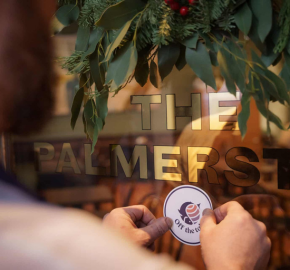
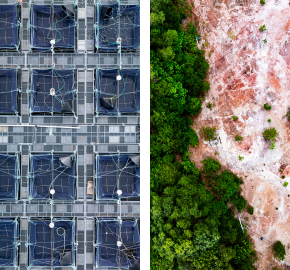
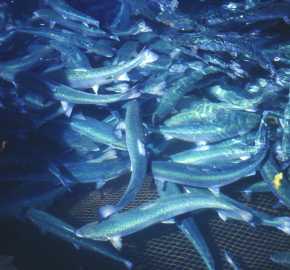
Both adult salmon and smolts will be effected by sea lice from Shetland farms as well as from Orkney farms. They pass Shetland as they travel to and from the feeding grounds between Faroe and Iceland so this is bad news for wild salmon and sea trout stocks.